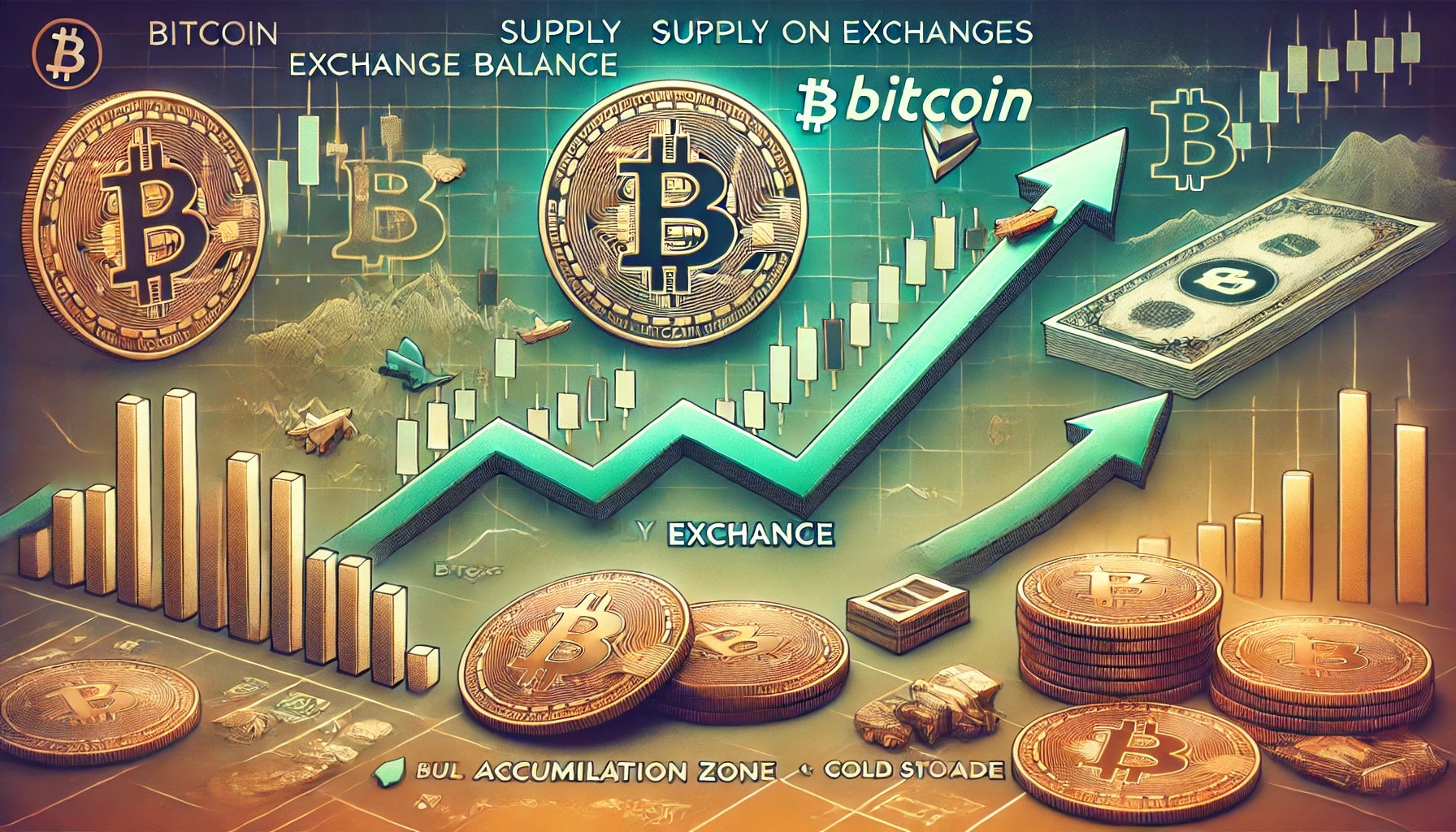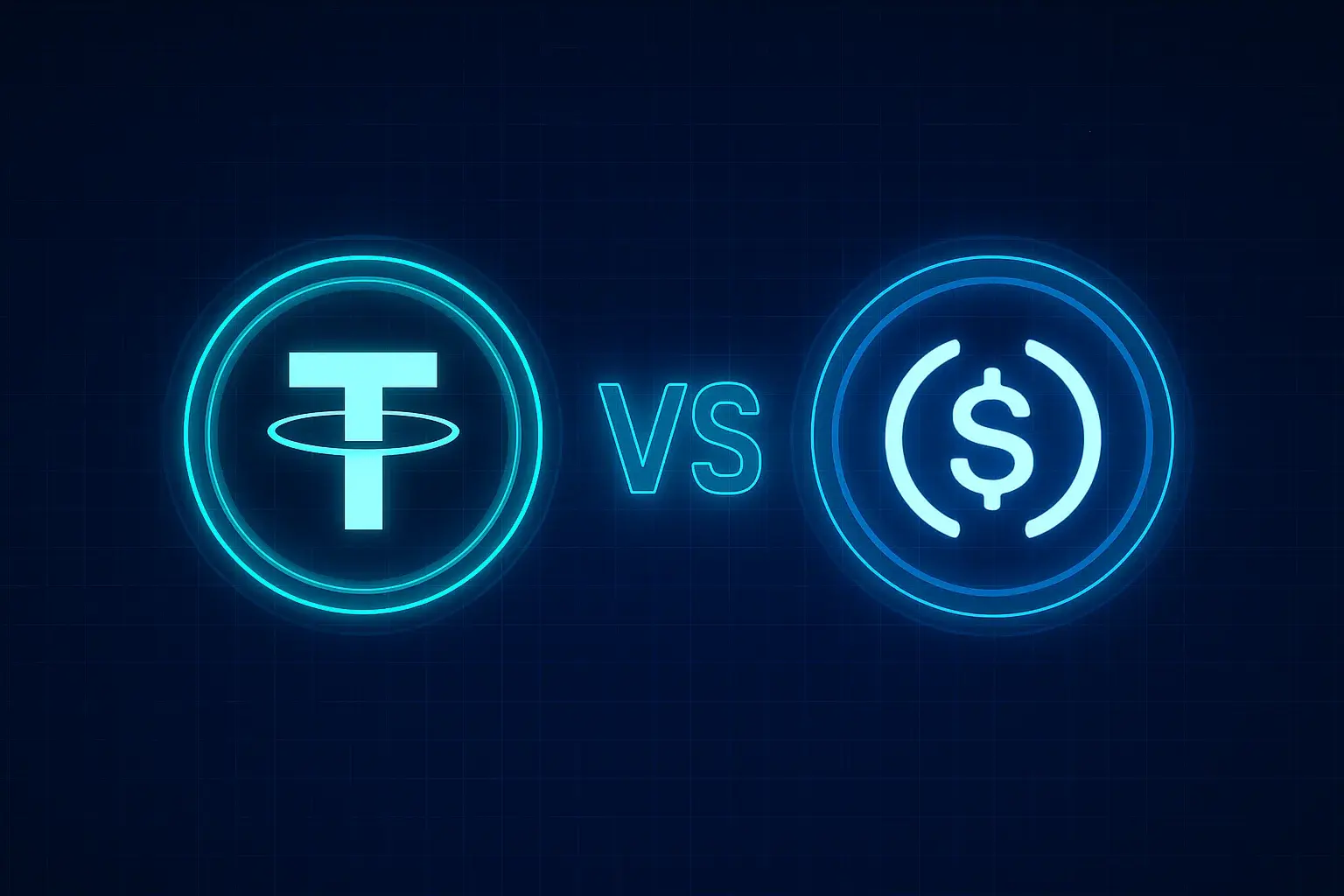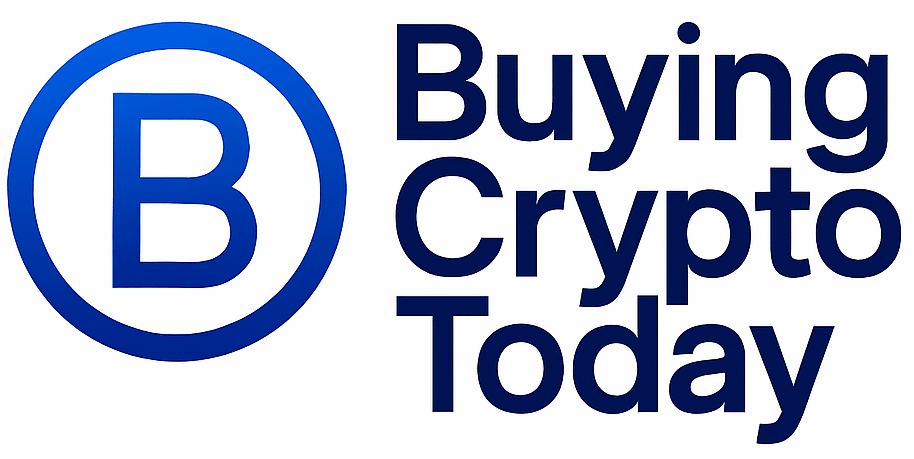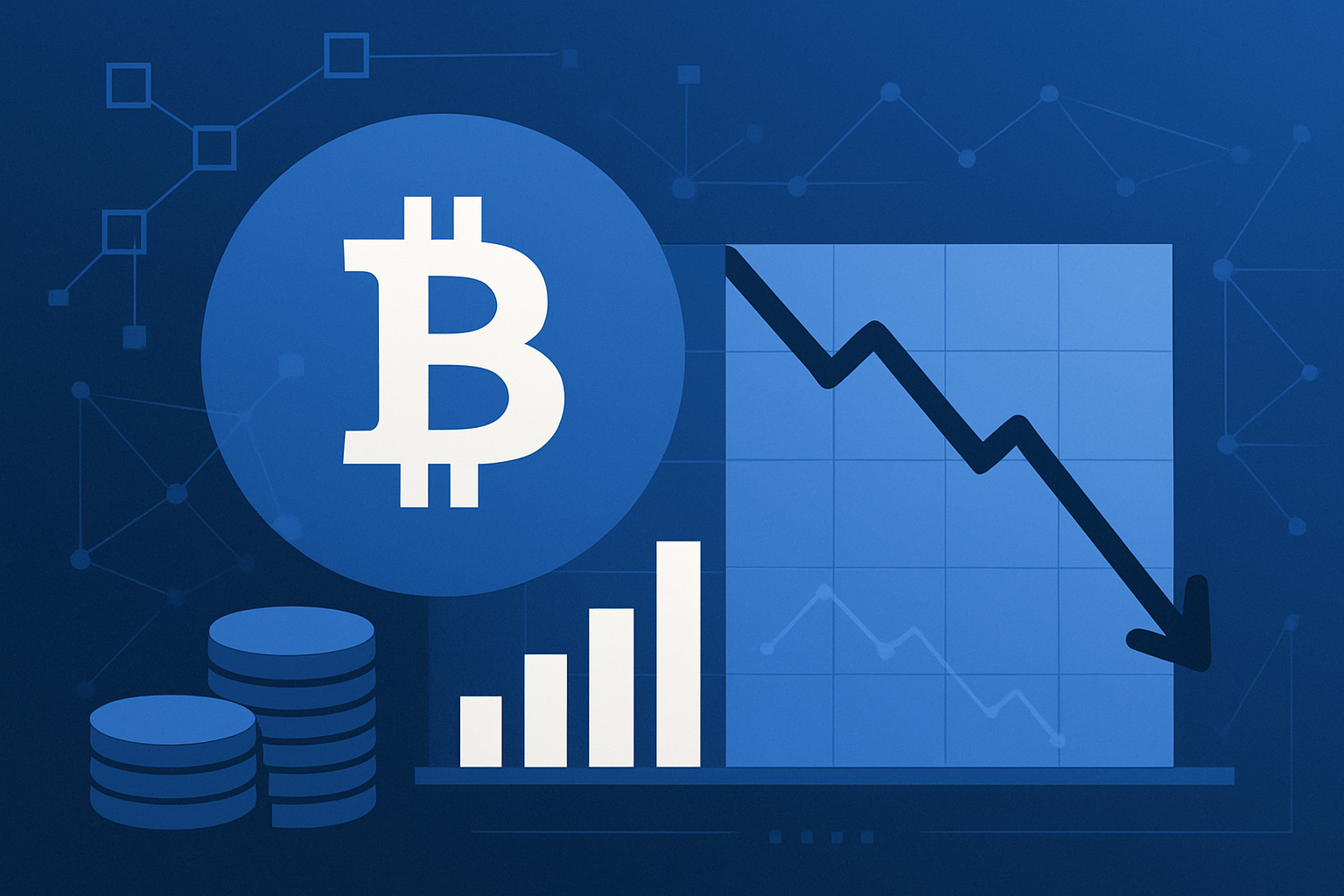
Stablecoins are on the verge of transforming the crypto landscape, and Standard Chartered’s latest forecast is a wake-up call for anyone paying attention to crypto buying trends. The British banking giant expects over $1 trillion to flow out of emerging market bank deposits and into stablecoins by 2028, a seismic shift that could redefine how capital moves in and out of the digital asset ecosystem. This isn’t just about numbers – it’s about a new era of liquidity, security, and global financial power plays.

Why Emerging Markets Are Driving the Stablecoin Surge
The key driver behind this massive migration? Currency instability. In regions where local currencies are volatile or inflation is rampant, savers are desperate for stability. Enter stablecoins: digital assets pegged to the U. S. dollar or other major currencies. They offer a lifeline for capital preservation without the red tape of traditional banking.
Standard Chartered’s analysts argue that as trust erodes in local banking systems, users will increasingly opt for stablecoins like USDT and USDC. This isn’t theoretical – we’re already seeing real-world adoption accelerate across Latin America, Africa, and Southeast Asia as people seek an accessible way to store value and transact internationally.
What $1 Trillion in New Stablecoin Liquidity Means for Crypto Buyers
Let’s be clear: $1 trillion moving into stablecoins doesn’t just pad the stats on CoinMarketCap – it fundamentally changes the game for anyone looking to buy or trade crypto. Here’s how:
3 Ways $1 Trillion in Stablecoin Inflows Will Impact Crypto Buying
-

Boosted Liquidity Across Major Crypto Exchanges: A $1 trillion influx into stablecoins will significantly increase available capital on leading platforms like Binance, Coinbase, and Kraken. This surge in liquidity can tighten bid-ask spreads, reduce slippage, and make large crypto purchases more efficient for both retail and institutional buyers.
-

Enhanced Role of USD-Pegged Stablecoins in Global Markets: With stablecoins like Tether (USDT) and USD Coin (USDC) attracting vast inflows, their use as a primary trading pair will grow. This trend strengthens the dollar’s influence in crypto markets and may lead to more assets being priced and settled in USD-pegged tokens.
-

Greater Demand for U.S. Treasuries and Regulatory Scrutiny: As stablecoin issuers back tokens with U.S. Treasury securities, a $1 trillion inflow could drive up demand for Treasuries, impacting global bond markets. This scale of growth is also likely to attract increased regulatory attention from entities like the SEC and Federal Reserve, potentially shaping future crypto buying rules.
This kind of liquidity surge makes it easier to move large sums in and out of exchanges without wild price swings. It also means more efficient price discovery on everything from Bitcoin to altcoins – spreads tighten, slippage drops, and whales have less power to push markets around with single trades.
Stablecoin Adoption 2025: What Buyers Need to Know
The path from here to a $2 trillion stablecoin market (as Standard Chartered projects) won’t be smooth sailing. While their forecast is bullish, J. P. Morgan offers a more cautious outlook – predicting only $500 billion in stablecoin growth by 2028 due to regulatory hurdles and limited real-world use cases (source). The reality will likely land somewhere between these two extremes as adoption accelerates but faces friction from fragmented rulesets worldwide.
If you’re wondering how to buy stablecoins securely as this trend unfolds, focus on regulated exchanges with robust KYC/AML protocols. Demand transparency about how tokens are backed (U. S. Treasuries are the gold standard), especially as inflows ramp up and scrutiny intensifies.
As stablecoins become a preferred store of value, especially in emerging markets, the pressure is on for both crypto platforms and traditional banks. With Standard Chartered projecting up to $2 trillion in total stablecoin supply by 2028 (source), the stablecoin sector is no longer a sideshow – it’s rapidly becoming a foundational layer of the global digital economy.
The Ripple Effect: Crypto Markets, U. S. Treasuries, and Global Capital Flows
This anticipated capital migration isn’t just about crypto exchanges or DeFi protocols. It will have ripple effects across global markets. Expect a surge in demand for U. S. Treasury securities as stablecoin issuers ramp up their reserves – a dynamic that could influence yields and liquidity far beyond the crypto sphere (source). For crypto buyers, this means more robust backing for major stablecoins, but also tighter scrutiny from regulators eager to ensure systemic stability.
It’s not all smooth sailing. The regulatory environment remains fragmented and unpredictable. Some countries may clamp down on stablecoin usage to defend their own currencies or banking sectors. Others will embrace the technology as a tool for financial inclusion and cross-border commerce. For buyers, staying agile means tracking these developments closely and choosing platforms that prioritize compliance without sacrificing speed or access.
How to Position Yourself for the Stablecoin Wave
If you want to capitalize on this trend rather than get left behind, here are actionable steps:
1. Prioritize reputable platforms: Stick with exchanges that have transparent reserves and strong security track records.
2. Diversify your holdings: Don’t put all your eggs in one basket, consider holding multiple stablecoins (USDT, USDC, etc. ) to hedge against issuer risk.
3. Monitor regulatory updates: Stay informed about local laws affecting stablecoin usage in your region.
Will Stablecoins Overtake Traditional Bank Deposits?
The real wildcard is how quickly emerging market populations lose faith in local banking systems. If inflation accelerates or capital controls tighten, Standard Chartered’s $1 trillion projection could prove conservative. But even at J. P. Morgan’s lower estimate of $500 billion by 2028, the implications for crypto buying trends, liquidity, and cross-border payments are massive.
The next three years will be pivotal for anyone interested in secure cryptocurrency purchase strategies or riding new momentum waves in digital assets. Whether you’re hedging against currency risk or seeking faster onramps into the broader crypto market, understanding how to buy stablecoins efficiently should be at the top of your playbook.





